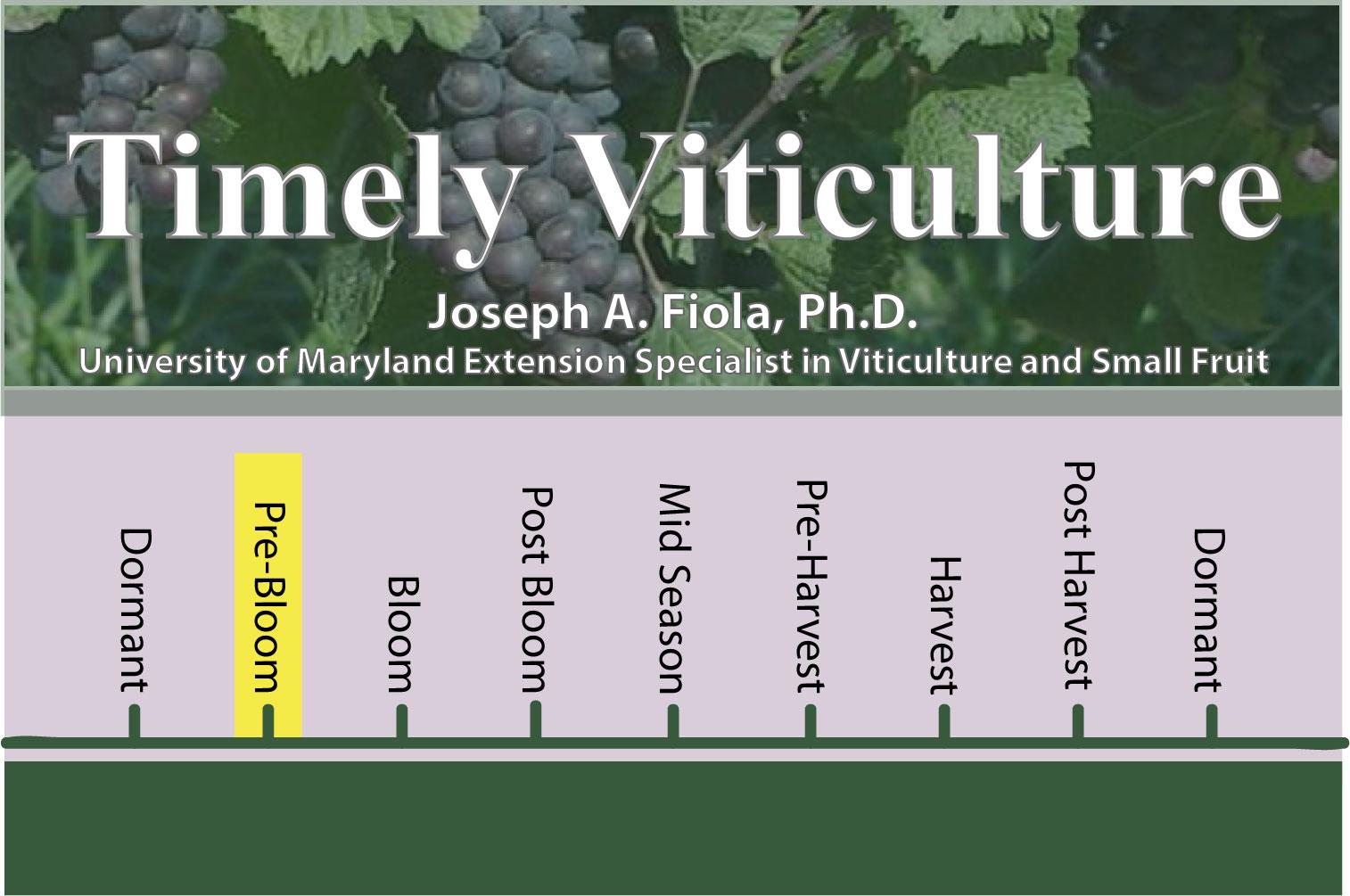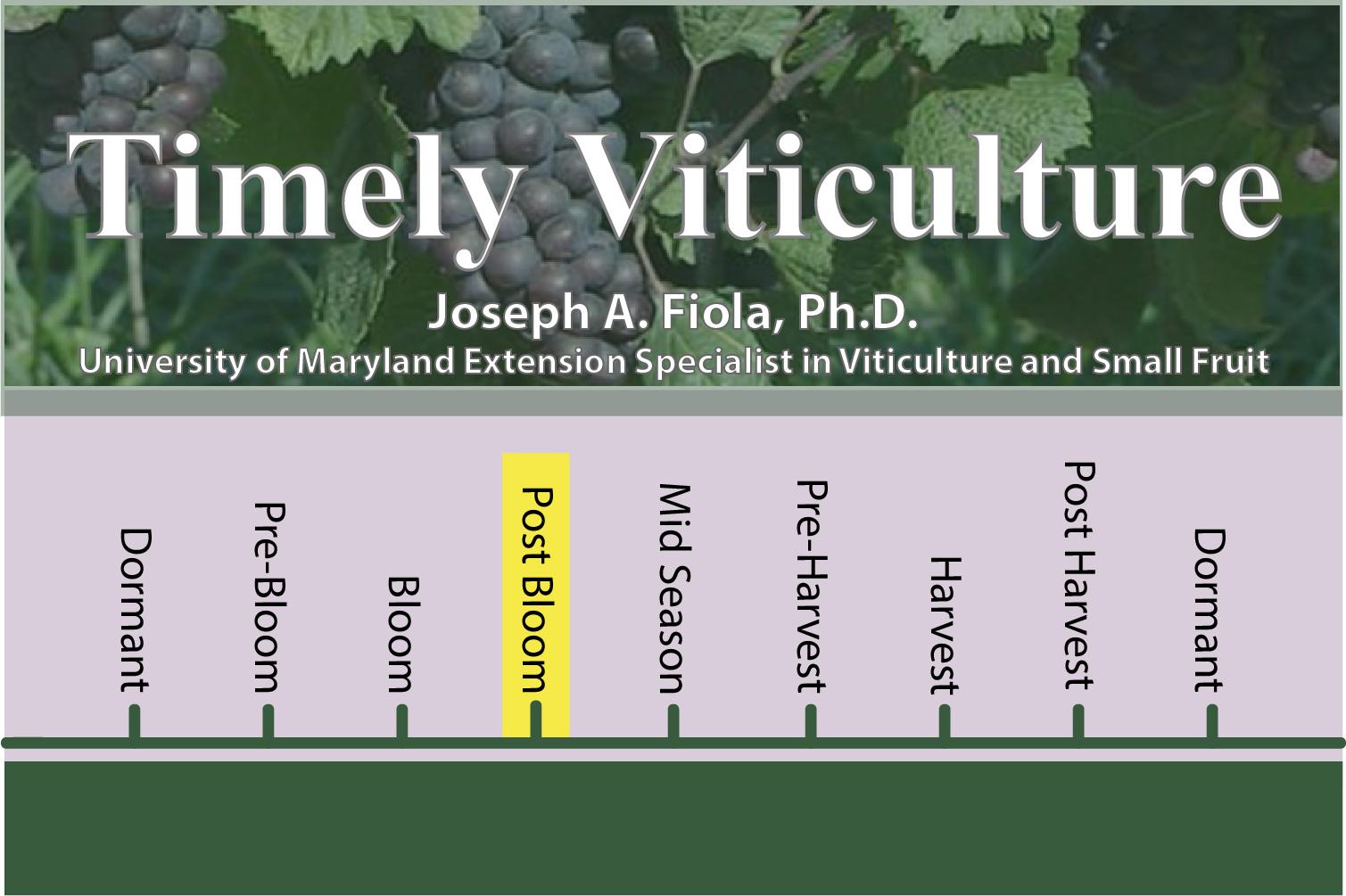Updated: December 10, 2024
Managing Slugs in Field Crops Using IPM Principles (FS-2022-0629)
Slugs damage corn and soybean seedlings by rasping holes, with most problems occurring in high residue no-till fields that provide moist habitat. Slug baits are the most effective chemical control and an IPM approach helps reduce yield loss and maximize profits. Authors: Praise-God Igwe, Maria Cramer, David Owens, Galen Dively, and Dr. Kelly Hamby; Title: Managing Slugs in Field Crops Using IPM Principles" (FS-2022-0629)
Updated: October 23, 2024
Pesticide Safety Educ. Private Applicator Recert Workbook
Authors:
Andrew Kness
A team of Extension agents from University of Maryland, University of Delaware, Penn State have produced a workbook for applicators that do not have access to virtual training materials. This workbook is intended to give Maryland Private Pesticide Applicators the re certification training (4 credits) needed to renew the applicator’s license. Topics covered in this workbook are MDA-approved and are equivalent to two hours of in-person training needed every three years to renew your private applicator’s license. This workbook is also approved for three (3) Delaware credits and two (2) Pennsylvania core credits. In order to receive credit you must complete the entire workbook. At the end of the workbook you will answer a 30-question quiz and return it for grading.
To order your free workbook, please complete this form: https://go.umd.edu/pesticideworkbook or call the Harford County Extension Office at (410) 638-3255.



